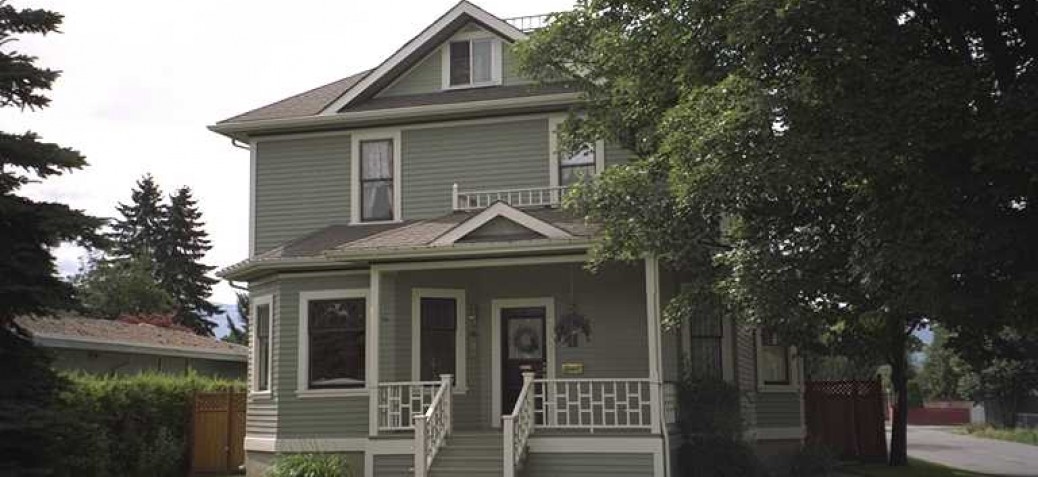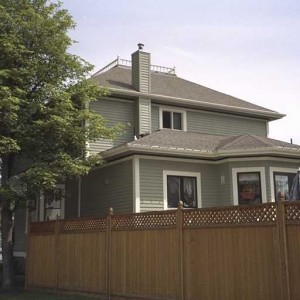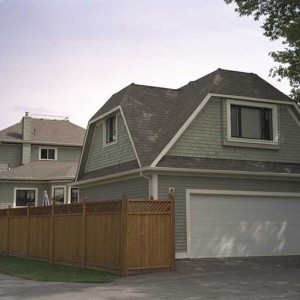J.B. Whitehead House
Place Description
The historic place is the two-storey wood J.B. Whitehead House, built in 1911 in the Foursquare style and located at 545 Burne Avenue in Kelowna's South Central neighbourhood.
Heritage Value
The heritage value of the Whitehead House is derived from its association as the residence of several active members of the community, and also for its architecture as a good example of Foursquare building design.
The house has value as having been the residence of J.B. Whitehead, for whom it was built in 1911. He owned the house at least until 1940. Whitehead had lived in Kelowna since at least 1908, as he was a member of the building committee of the Anglican Church in that year. He operated the Kelowna Billiard and Poolroom, a bastion of masculine culture, during the 1920s.
By 1948 the new owners were Rae and Ruby Ritchie. Rae Ritchie had an interestingly varied career in a number of local endeavours, which gives the house additional value. Born in Vancouver and educated in Kelowna, his law studies at McGill University were interrupted by service in Princess Patricia's Canadian Light Infantry during WWI. After the War he articled in Vancouver, then practiced law in Kelowna from 1921 to 1931. He then left the legal profession and worked as fruit inspector. About 1940 he again enlisted, serving as a recruiting officer. After WWII he opened a second-hand store, OK Used Furniture. This was the forerunner of Ritchie Brothers Auctioneers, which eventually grew to conduct business around the world.
The architecture of the Whitehead House adds to its heritage value. It is a good example of a Foursquare house, nearly square in plan, two storeys high, with a hipped roof. A pediment-like central dormer adds to its dignified appearance. Other features, such as the large porch, the canted corners of the facade, and the bay windows complement its appeal. Numerous alterations and additions have been carried out, mostly retaining the original character of the building. The extensive landscaping, large open porch, second floor widow's walk open balcony, angled front facade, dormer roof features and bay windows enhance the architectural heritage value.
Character Defining Elements
- Residential form, scale and massing, as expressed by the 2.5-storey height and nearly square plan
- Low-pitch hip roof with a medium-pitch pediment-like gabled dormer facing front
- Open porch in front, with chamfered wood corner posts, decorative railing, and newel posts
- Medium-width beveled wood siding, with vertical trim on the corners
- Bay window along right side
- Corners of the facade angle back at 45 degrees
- 1-over-1 double-hung wood sash windows and wide painted trim
- Decorative, leaded 4- and 6-pane fixed windows with plain wide wood trim
- 6-over-1 windows in the bay projection
- Mature landscaping and low foundation planting around the house with extensive lawn to street






